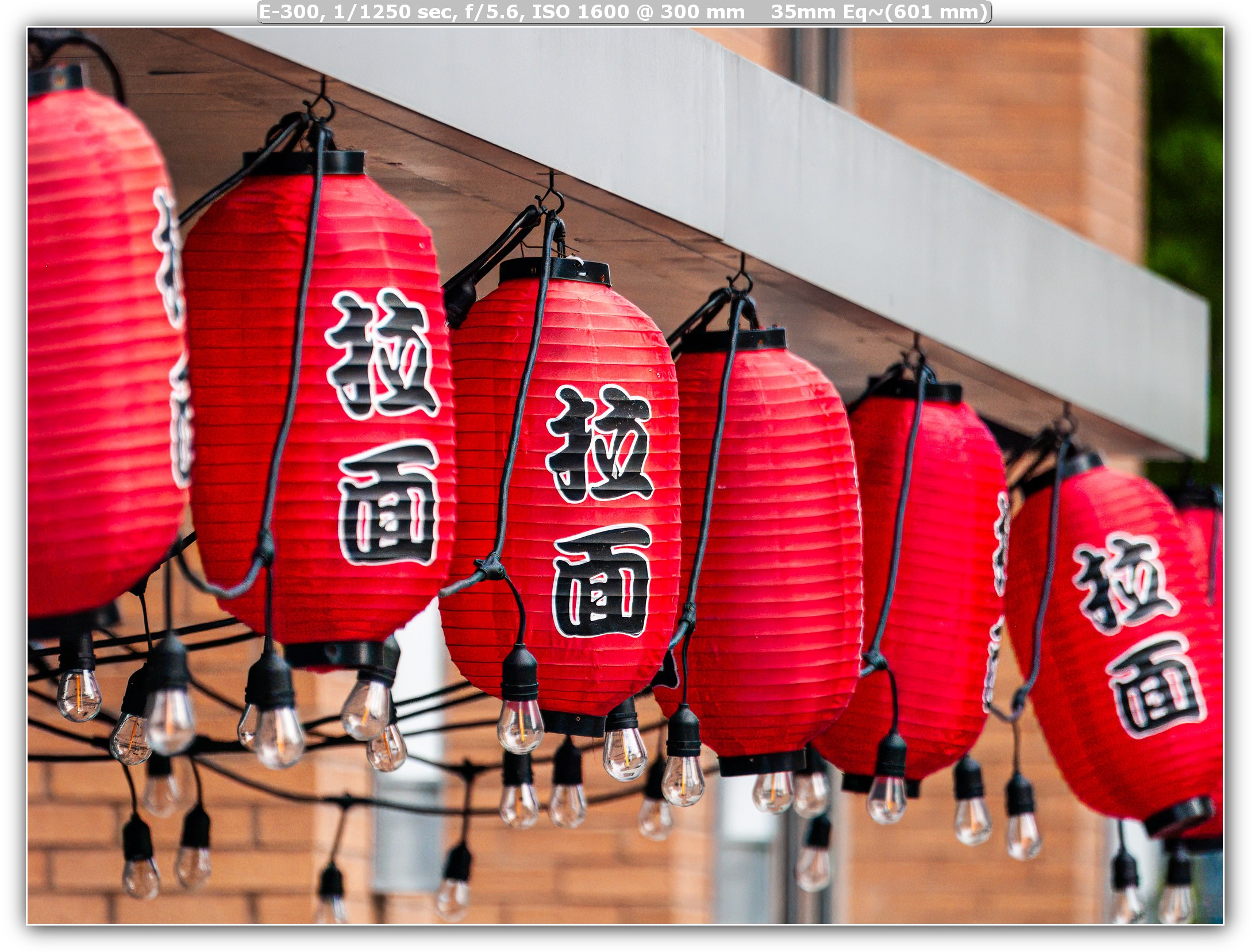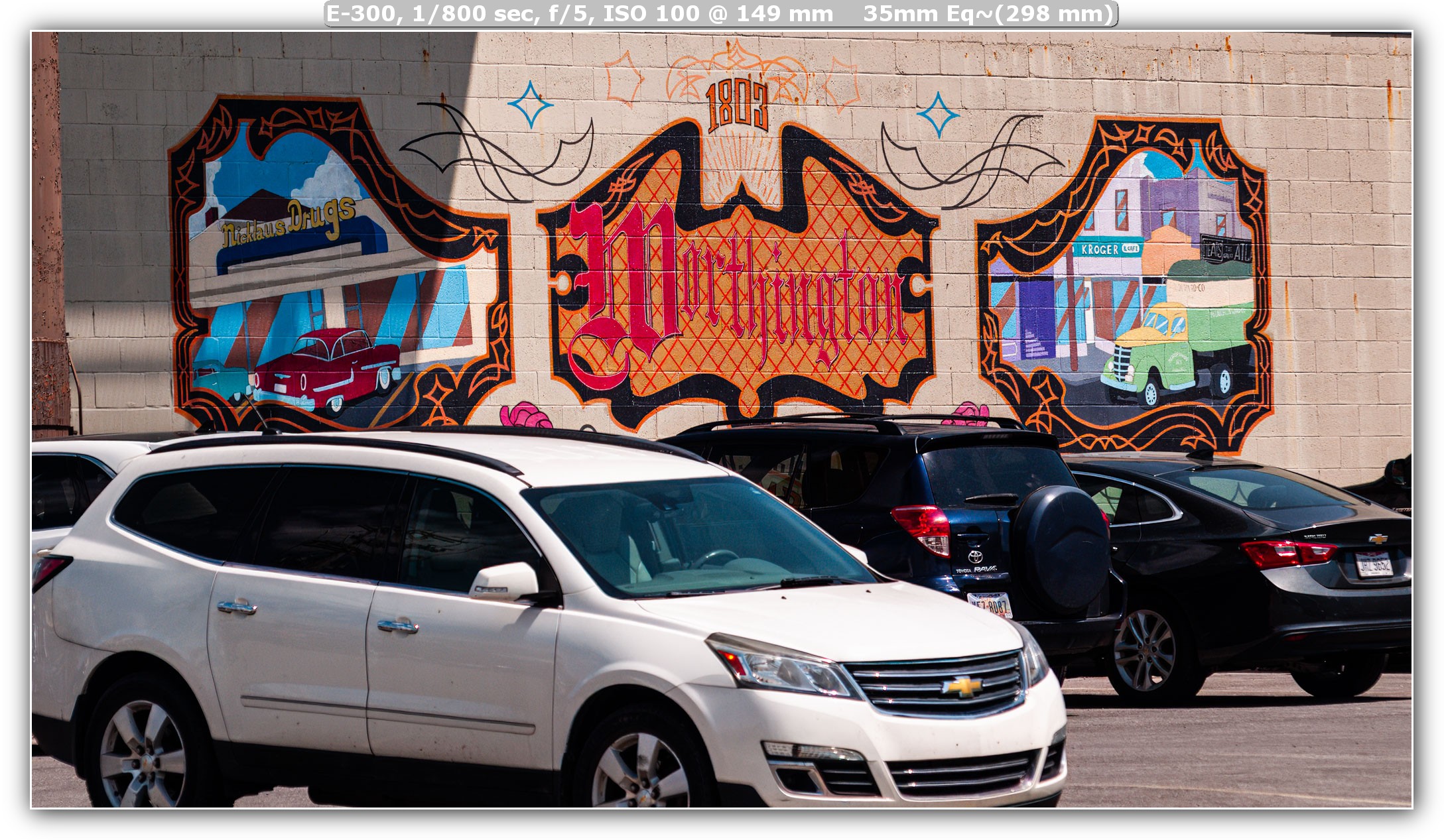Background
My absolute favorite lenses to shoot are long telephotos. I do have the 75-300/4.8-6.7 for Micro Four Thirds…so when I found out that Olympus made a similar lens for the 4/3 DSLRs, curiosity was piqued!
A little searching and I was able to find a copy on eBay for a great price!
I just had to give this a try.
Disclosure – images were post processed to my liking and in various styles. Processed from RAW and sharpened in Topaz Photo AI.

Handling/Size/Weight/Build
If we compare this lens against the Micro Four Thirds, it is much larger. Compared to a normal DSLR lens – the 70-300mm, say from Canon or Nikon, this lens is about that same size. Difference being you are getting a 140-600mm field of view. On the other brands, even on APS-C, you’ll get a max of 450mm.
Weight is comparable as well.
The difference is this – usually 70-300mm lenses are not “pro grade” build lenses. They usually keep costs low by using cheaper plastics and less robust internals.
In my opinion, Olympus went a step above with this lens. Even as old as it is, the focus and zoom rings are buttery smooth. There is some weight to it, but balances well on the 4/3 DSLRs.
While there is plastic in the construction – it feels like the quality of it is of a higher level, much like the 40-150mm f/3.5-4.5 lens that Olympus makes for 4/3.
The lens does extend when zoomed and the front element does move when focusing.
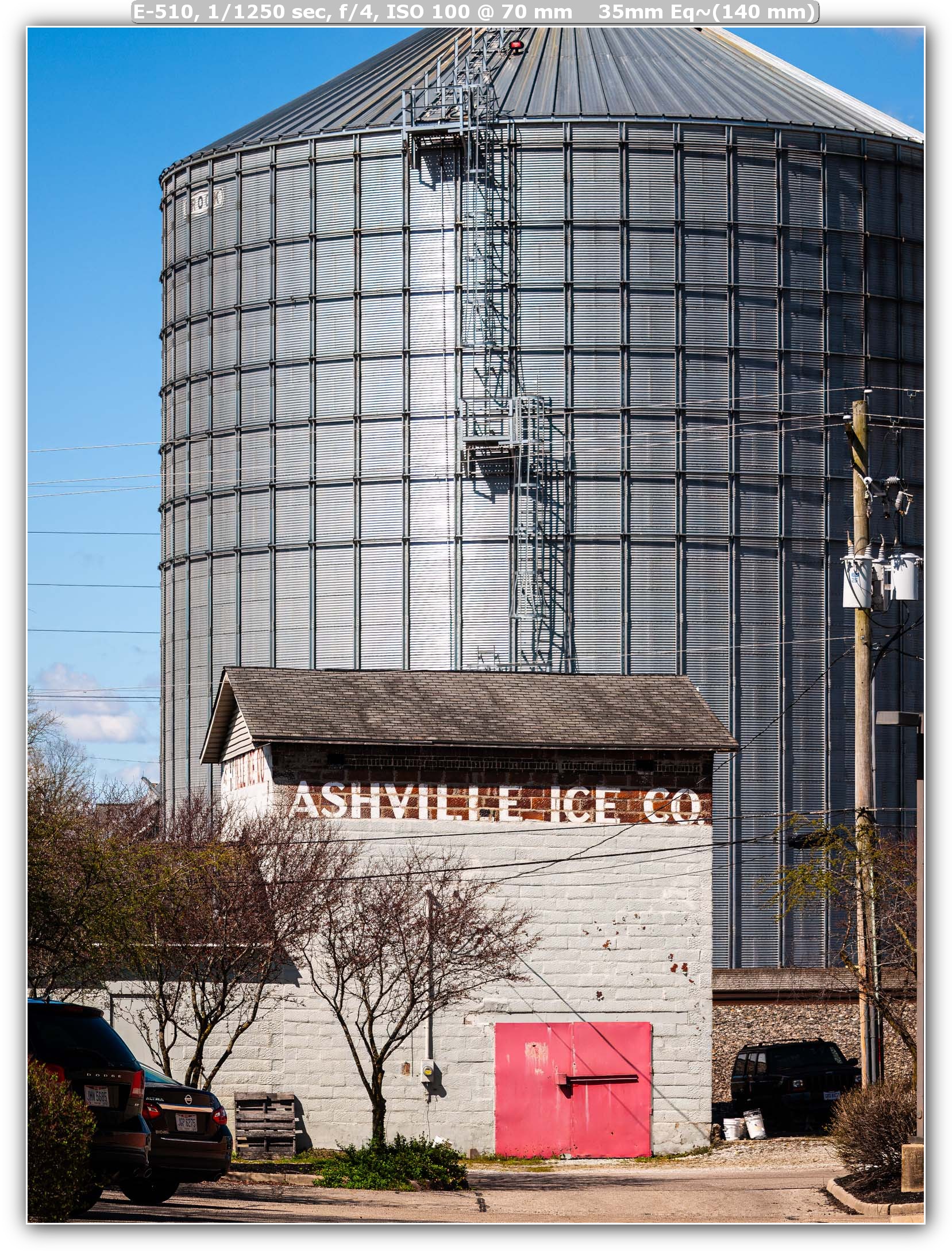
Weather Sealed
From my research, it appears that the 70-300mm lens does have weather sealing when used with a weather sealed rated camera body. Given the weather sealing qualities of the Micro Four Thirds cameras I own, I have no doubt that the 70-300mm here can withstand the same.
Please use your own judgement on how you treat your equipment and to what kind of weather conditions you expose your gear, don’t take some internet blog posters word for it.
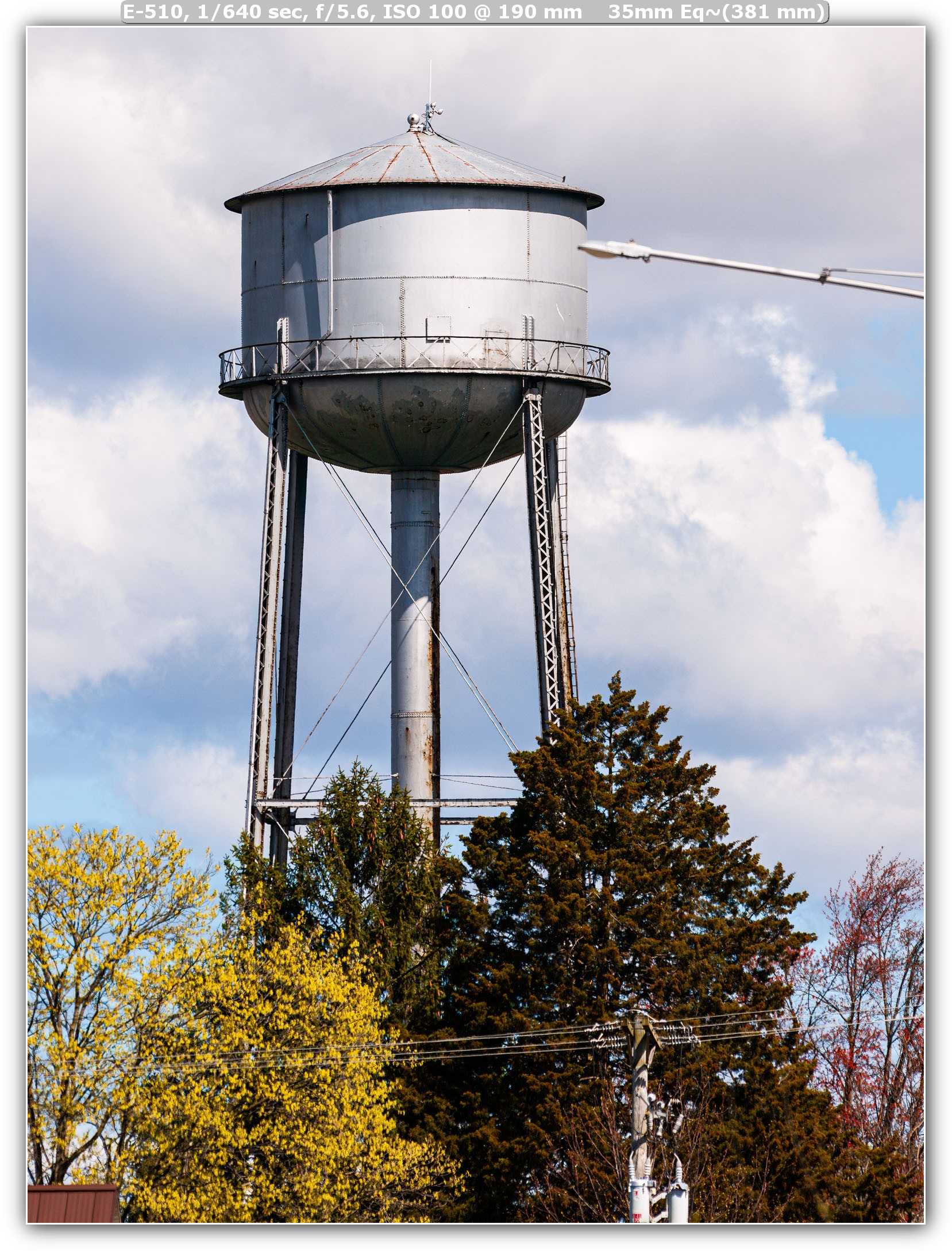
Image Quality
So here is what most want to know. Sharpness is here! Surprisingly – this lens is actually quite good for when it was introduced.
Even wide open the lens has good sharpness. Stopped down a bit it gets better.
Contrast and color are also very good. If you are a fan of Olympus color science, then you’ll like the rendering from this lens. I would say it tends to be neutral to a bit cool – but nothing that cannot be corrected in post to give it a little more warmth if you so desire. This rendering of image color also plays in with the sensor and camera you use as well.
I REALLY like the lens and the images it provides, along with the field of view – you can really get close to the subjects when needed.
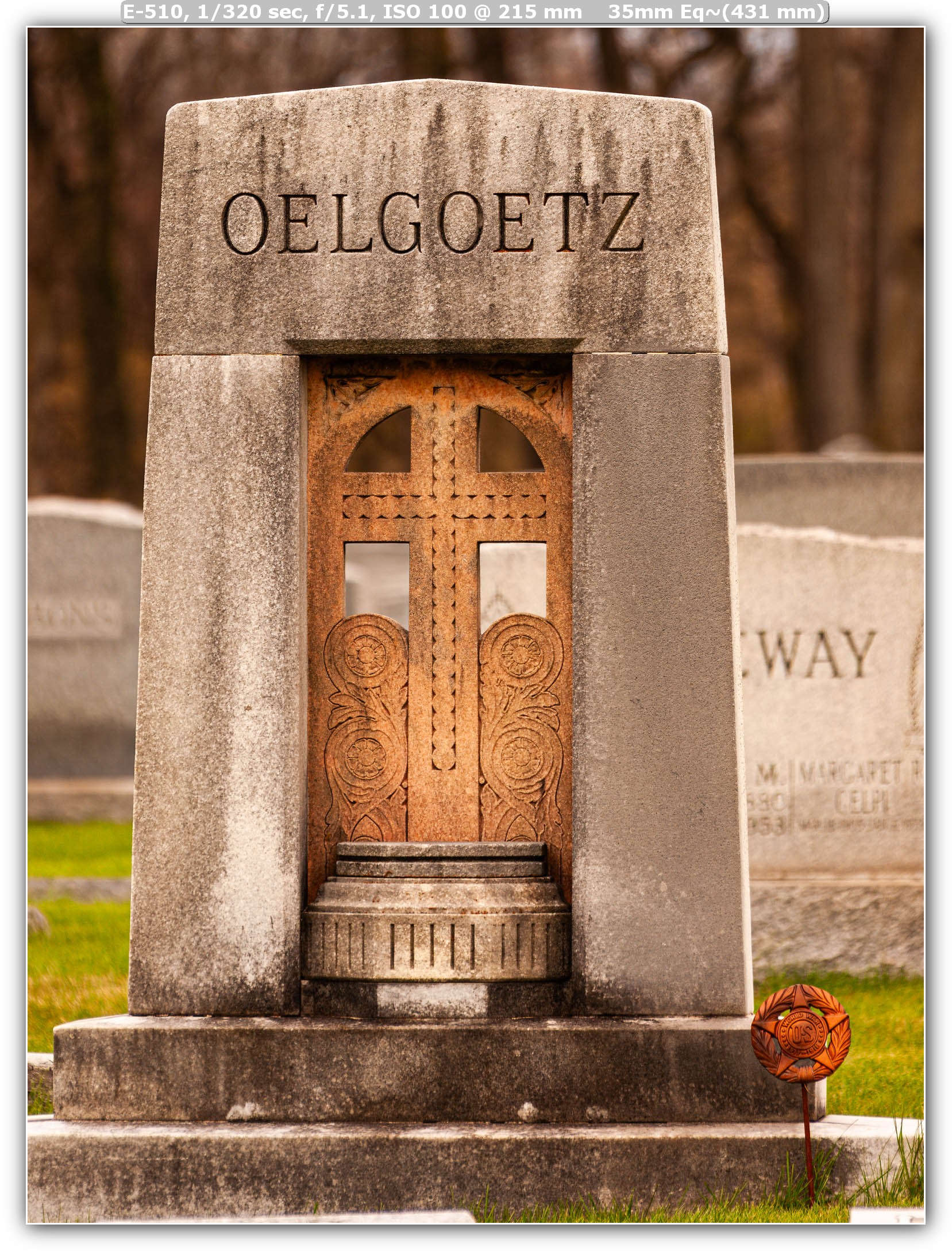
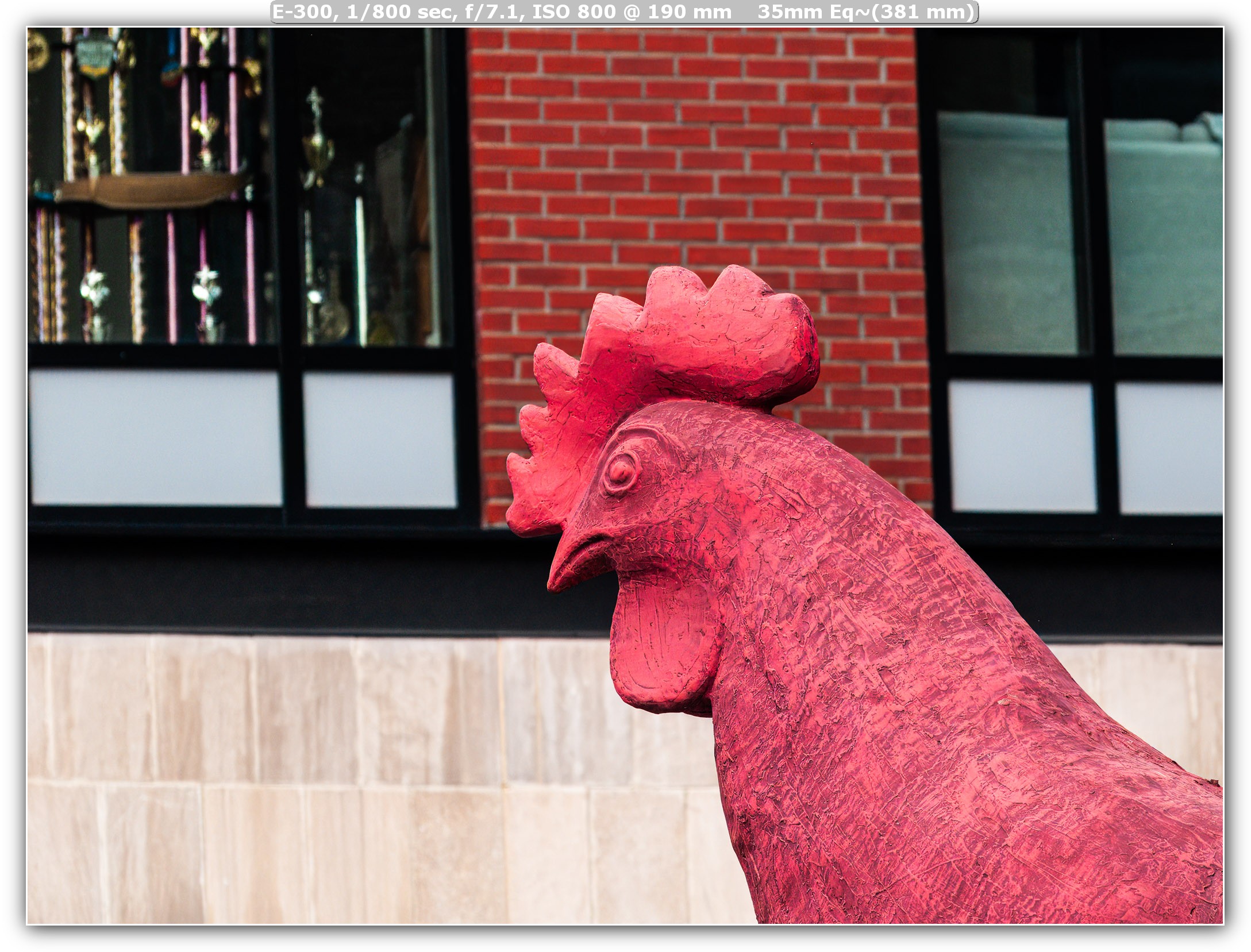
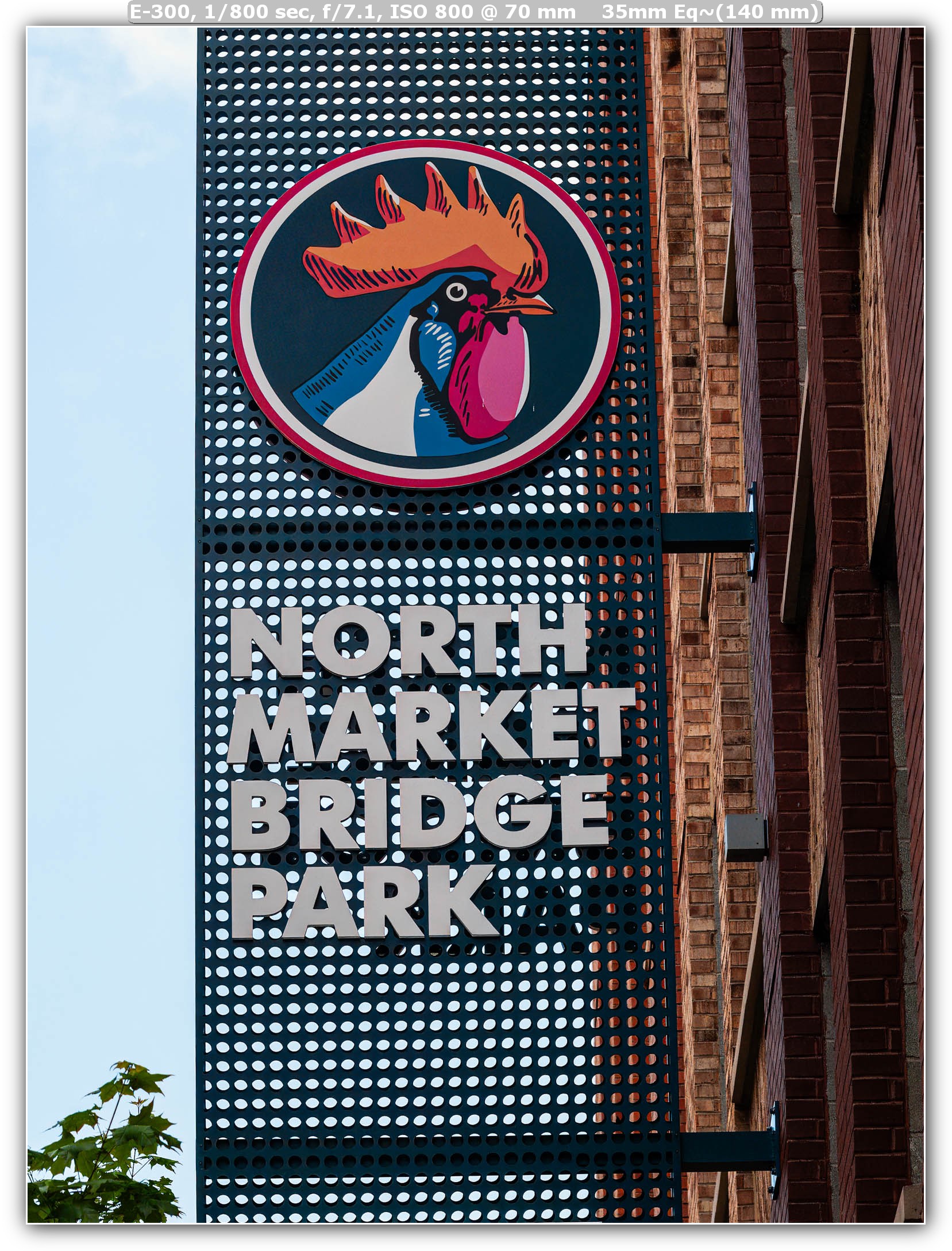
Focusing
Focusing is relatively quick and confident. There are obviously faster lenses out there – but in perspective for the age of the lens and camera system, it does quite well.
Accuracy is dead on 99.99% of the time, so that is great. Occasionally, the lens will hunt with low contrast subjects – typical for camera and lens systems of the era.

VR (Vibration Reduction Stabilization)
This lens has no VR. Some kind of stabilization would be useful for a lens like this – the field of view being 140-600mm. You may not always be able to keep the shutter speed at or above 1/600. Thankfully, there are some 4/3 DSLRs with IBIS. If stabilization is a requirement – pair this lens with something like the E-510 or similar bodies.
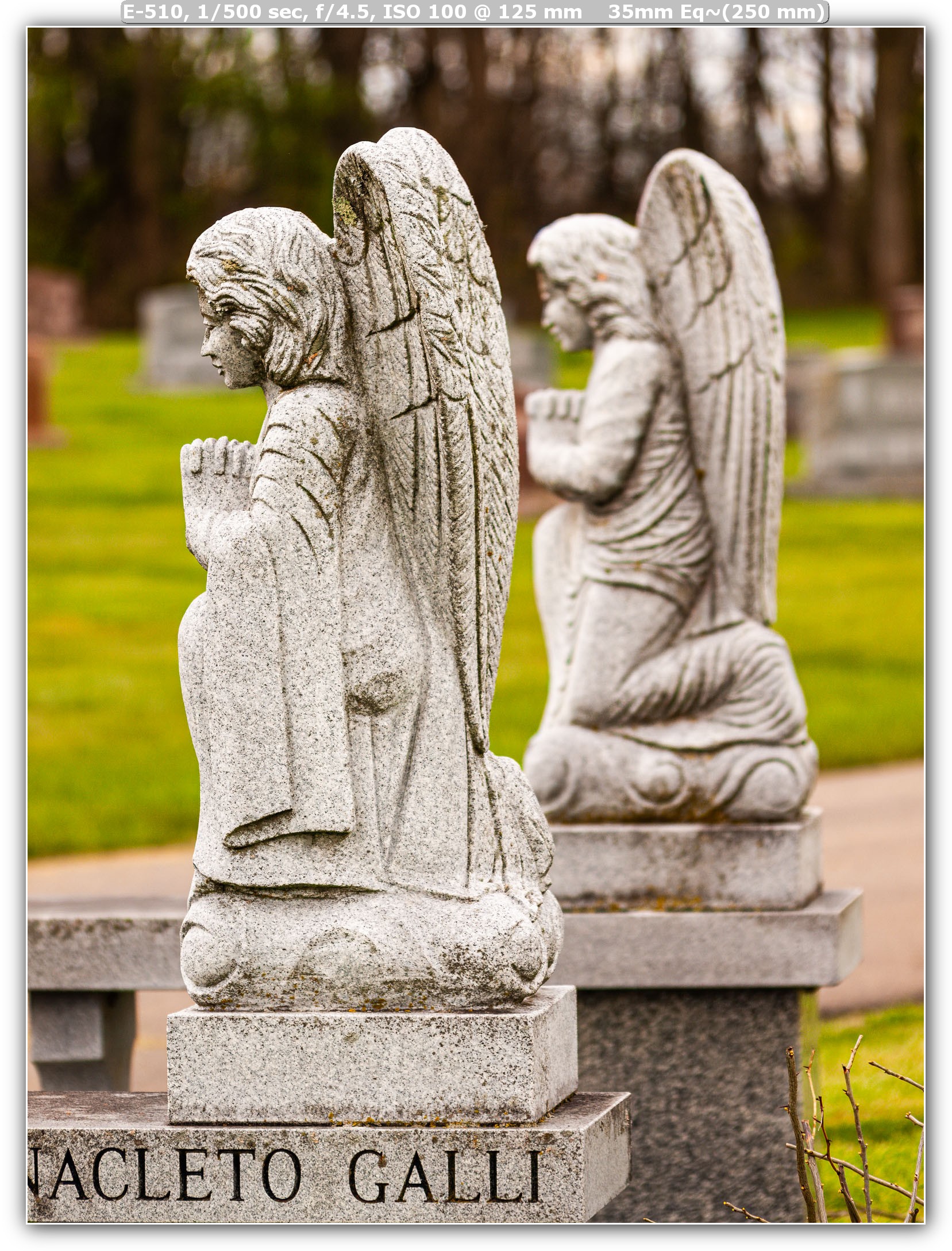
Bottom Line
While some may say that the dead 4/3 system is not worth a look – I beg to differ. Yes, you cannot get anything new – yes, it is very old – yes, the options are relatively limited – however, there are plenty of lenses out there for a system such as this and to have a long telephoto with 140-600mm is quite the boon.
Bottom Line = Highly Recommend.
If you value having a long telephoto that can be used in good to moderate lighting in a relatively compact size, this one should be considered if you want to dabble into the 4/3 DSLR world.

